1.Thermal Cycle Test
Thermal cycle tests usually include two types: high and low temperature cycle tests and temperature and humidity cycle tests. The former mainly examines the resistance of the headlights to high temperature and low temperature alternating cycle environments, while the latter mainly examines the resistance of the headlights to high temperature and high humidity and low temperature alternating cycle environments.
Usually, high and low temperature cycle tests specify the high and low temperature values in the cycle, the duration between the high temperature value and the low temperature value, and the temperature change rate during the high and low temperature conversion process, but the test environment humidity is not specified.
Unlike the high and low temperature cycle test, the temperature and humidity cycle test also specifies humidity, and it is usually specified in the high temperature part. Humidity may always be in a constant state, or it may change with the change of temperature. Generally speaking, there will be no relevant regulations on humidity in the low temperature part.
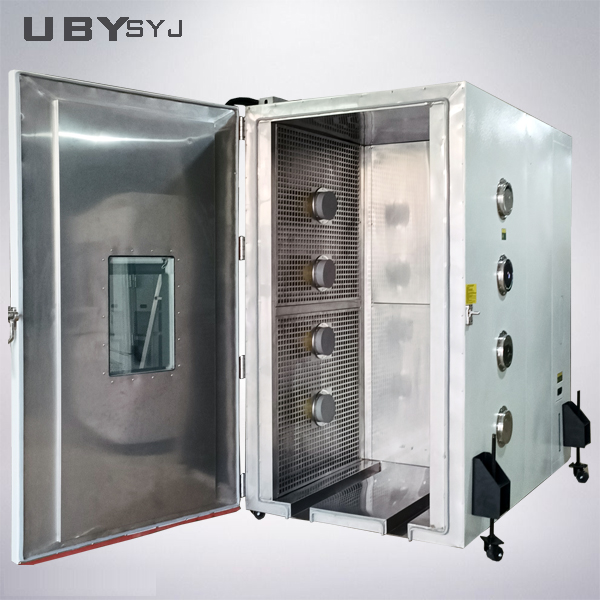
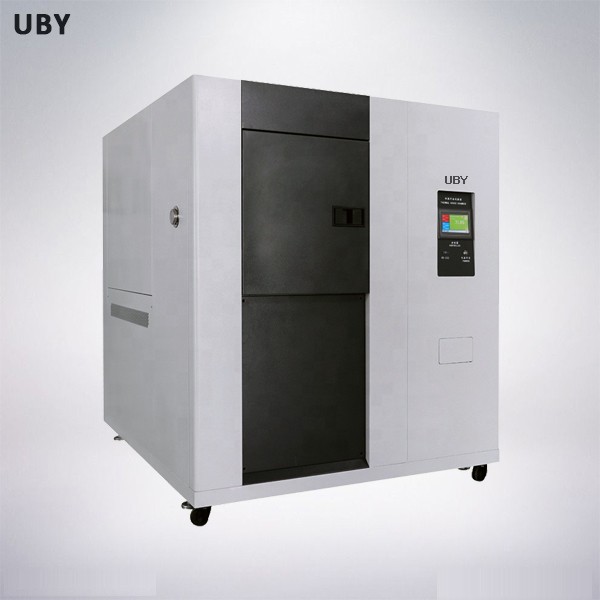
2.Thermal shock test and high temperature test
The purpose of the thermal shock test is to examine the resistance of the headlight to an environment with drastic temperature changes. The test method is: power on the headlight and run it normally for a period of time, then immediately turn off the power and quickly immerse the headlight in normal temperature water until the specified time. After the immersion, take out the headlight and observe whether there are cracks, bubbles, etc. on its appearance, and whether the headlight functions normally.
The purpose of the high temperature test is to examine the resistance of the headlight to a high temperature environment. During the test, the headlight is placed in a high temperature environment box and left to stand for a specified time. After the standing time is completed, demold it and observe the local structural state of the headlight plastic parts and whether there is any deformation.
3.Dustproof and waterproof test
The purpose of the dustproof test is to examine the ability of the headlight housing to prevent dust from entering and protect the interior of the headlight from dust intrusion. The simulated dust used in the test includes: talcum powder, Arizona dust A2, dust mixed with 50% silicate cement and 50% fly ash, etc. It is generally required to place 2kg of simulated dust in a 1m³ space. Dust blowing can be done in the form of continuous dust blowing or 6s dust blowing and 15min stop. The former is usually tested for 8h, while the latter is tested for 5h.
The waterproof test is to test the performance of the headlight housing to prevent water from entering and protect the interior of the headlight from water interference. GB/T10485-2007 standard stipulates that headlights must undergo a special waterproof test. The test method is: when spraying water on the sample, the center line of the spray pipe is downward and the vertical line of the horizontal turntable is at an angle of about 45°. The precipitation rate is required to reach (2.5~4.1) mm·min-1, the turntable speed is about 4r·min-1, and the water is sprayed continuously for 12h.
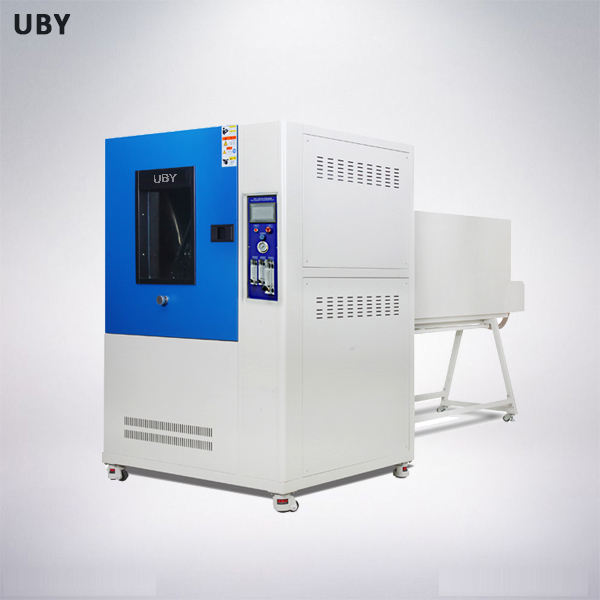
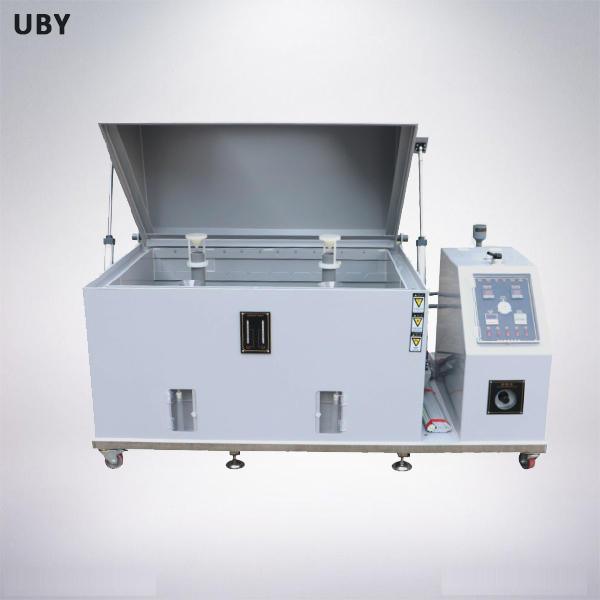
4.Salt spray test
The purpose of the salt spray test is to examine the ability of the metal parts on the headlights to resist salt spray corrosion. Generally, the headlights are subjected to a neutral salt spray test. Usually, a sodium chloride salt solution is used, with a mass concentration of about 5% and a pH value of about 6.5-7.2, which is neutral. The test often uses a spray + dry method, that is, after a period of continuous spraying, the spraying is stopped and the headlight is left to dry. This cycle is used to continuously test the headlights for dozens or hundreds of hours, and after the test, the headlights are taken out and the corrosion of their metal parts is observed.
5.Light source irradiation test
Light source irradiation test generally refers to the test of xenon lamp. Since most car lamps are outdoor products, the filter often used in xenon lamp testing is the daylight filter. The rest, such as irradiation intensity, box temperature, blackboard or black label temperature, humidity, light mode, dark mode, etc., will vary according to different products. After the test is completed, the car lamp is usually tested for color difference, gray card rating and glossiness to verify whether the car lamp has the ability to resist light aging.
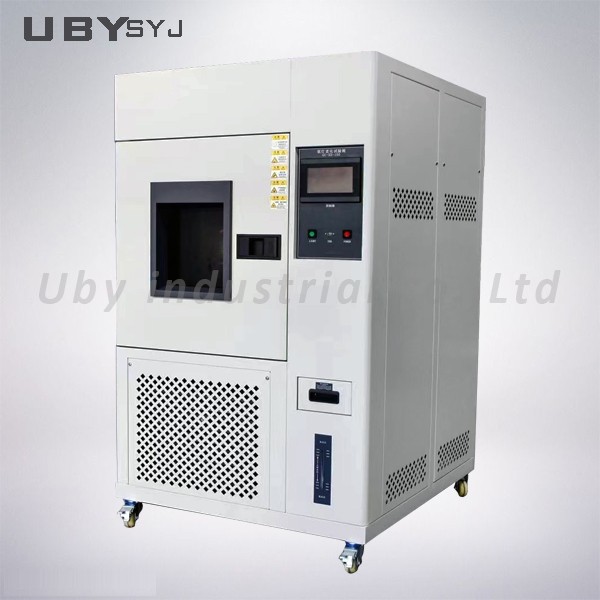
Post time: Aug-20-2024

